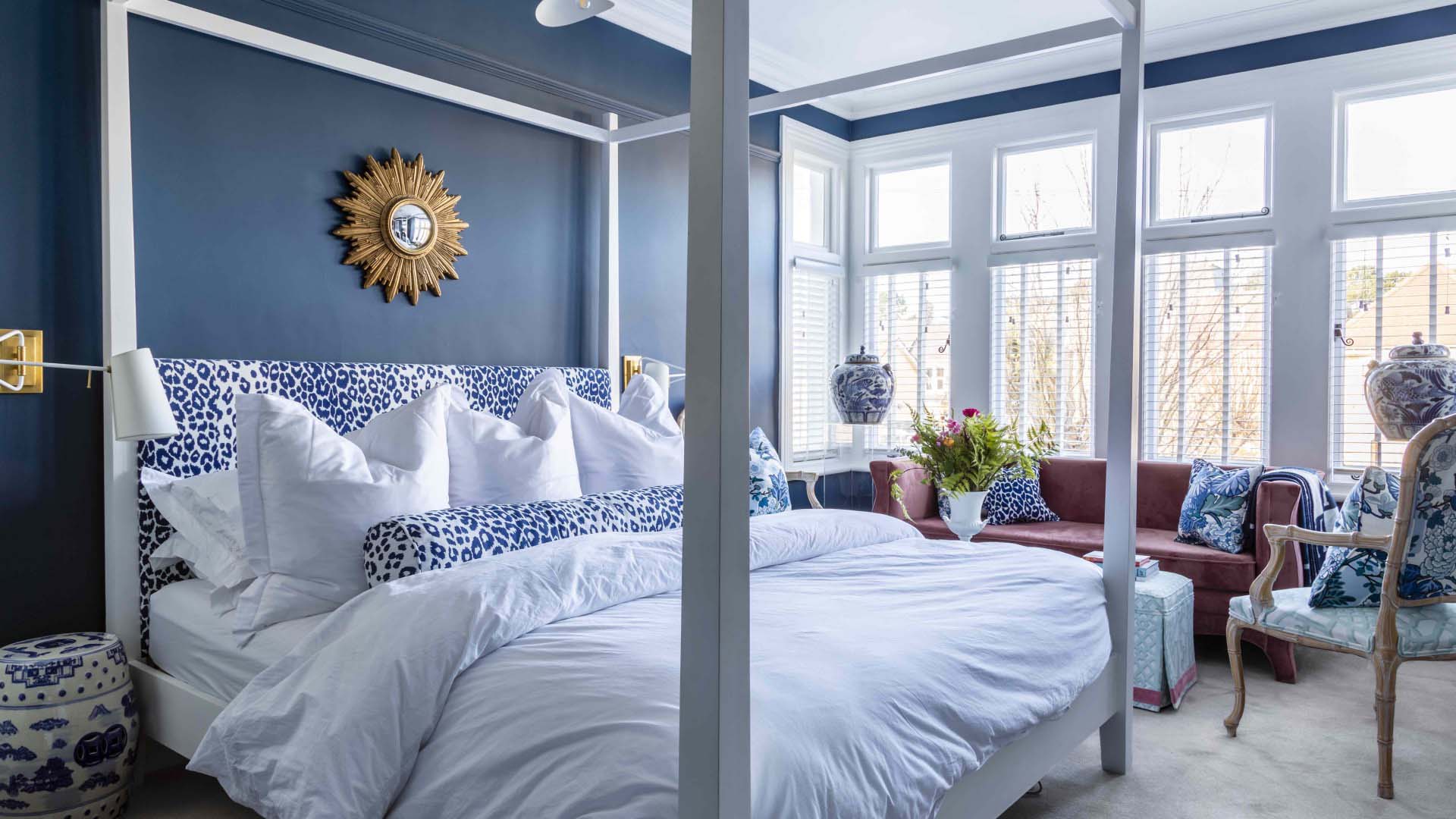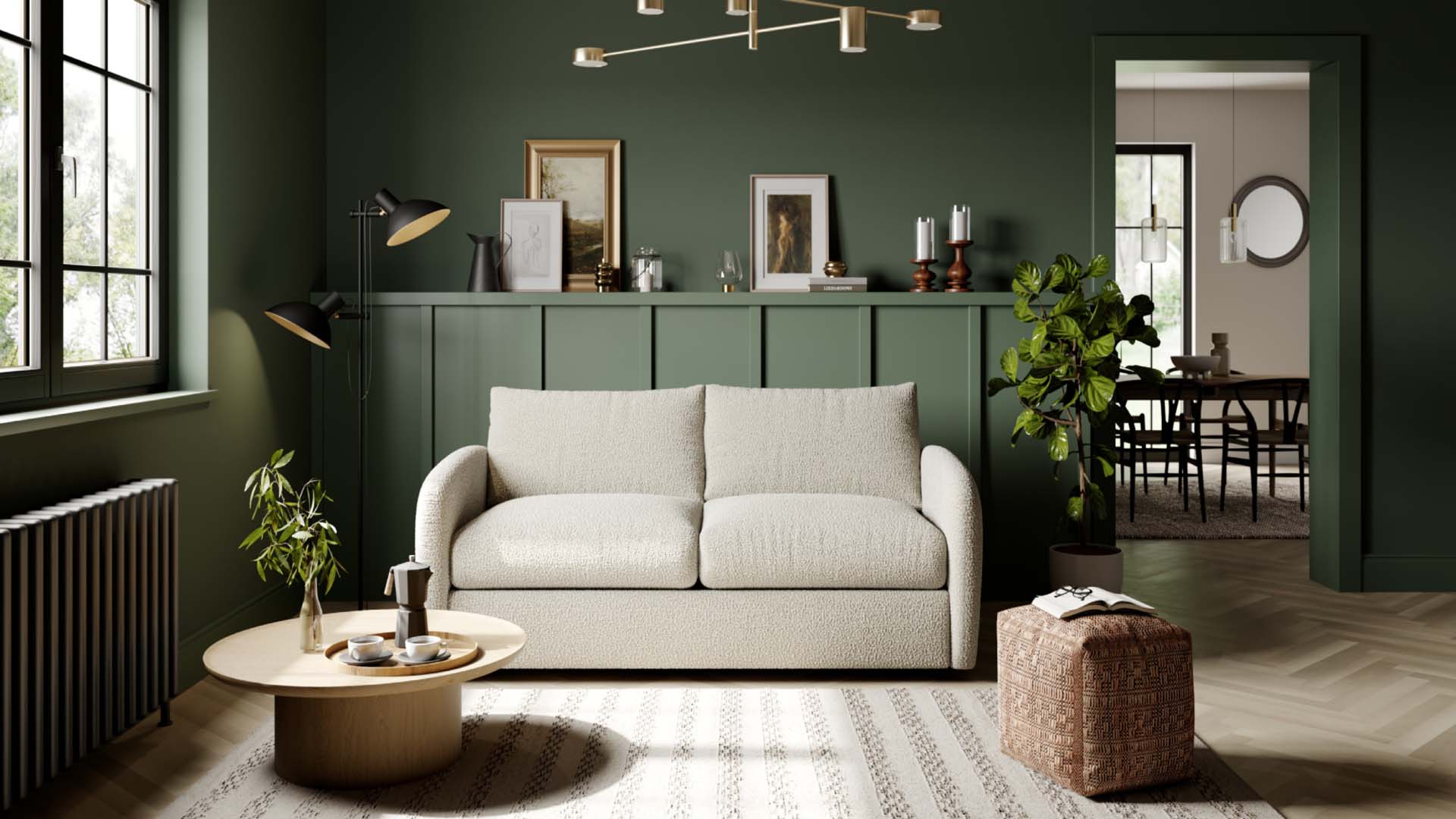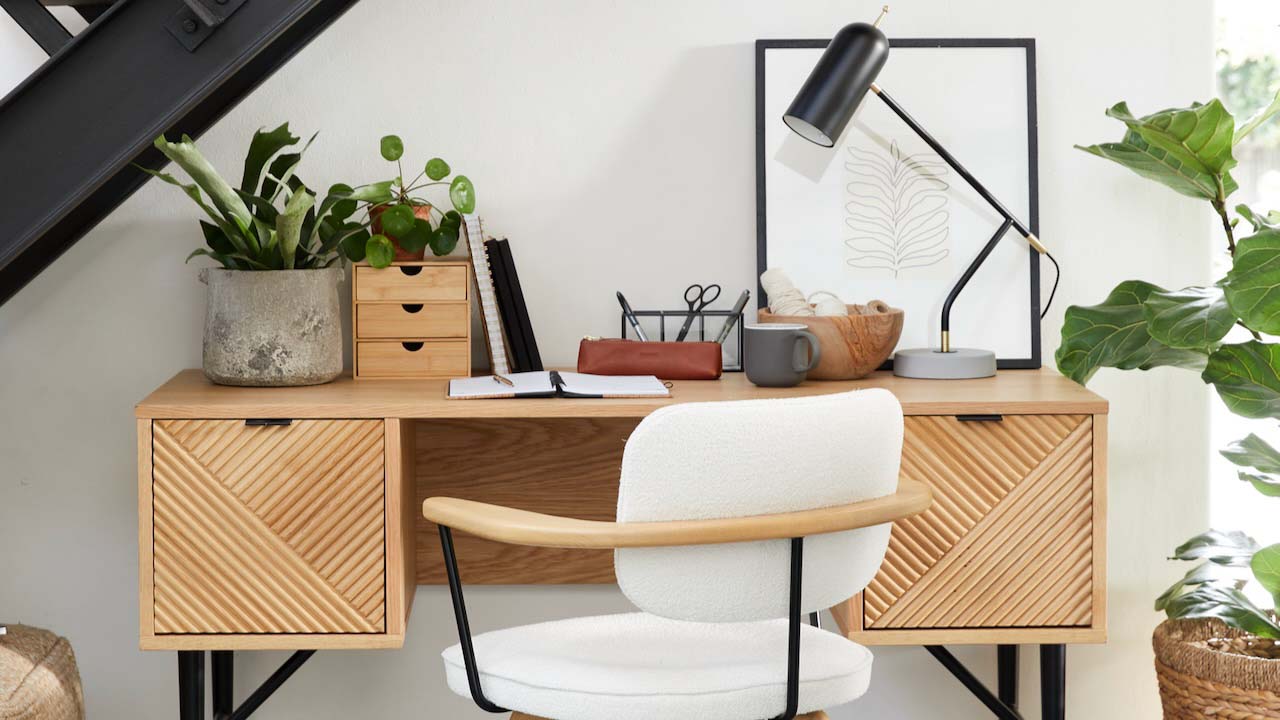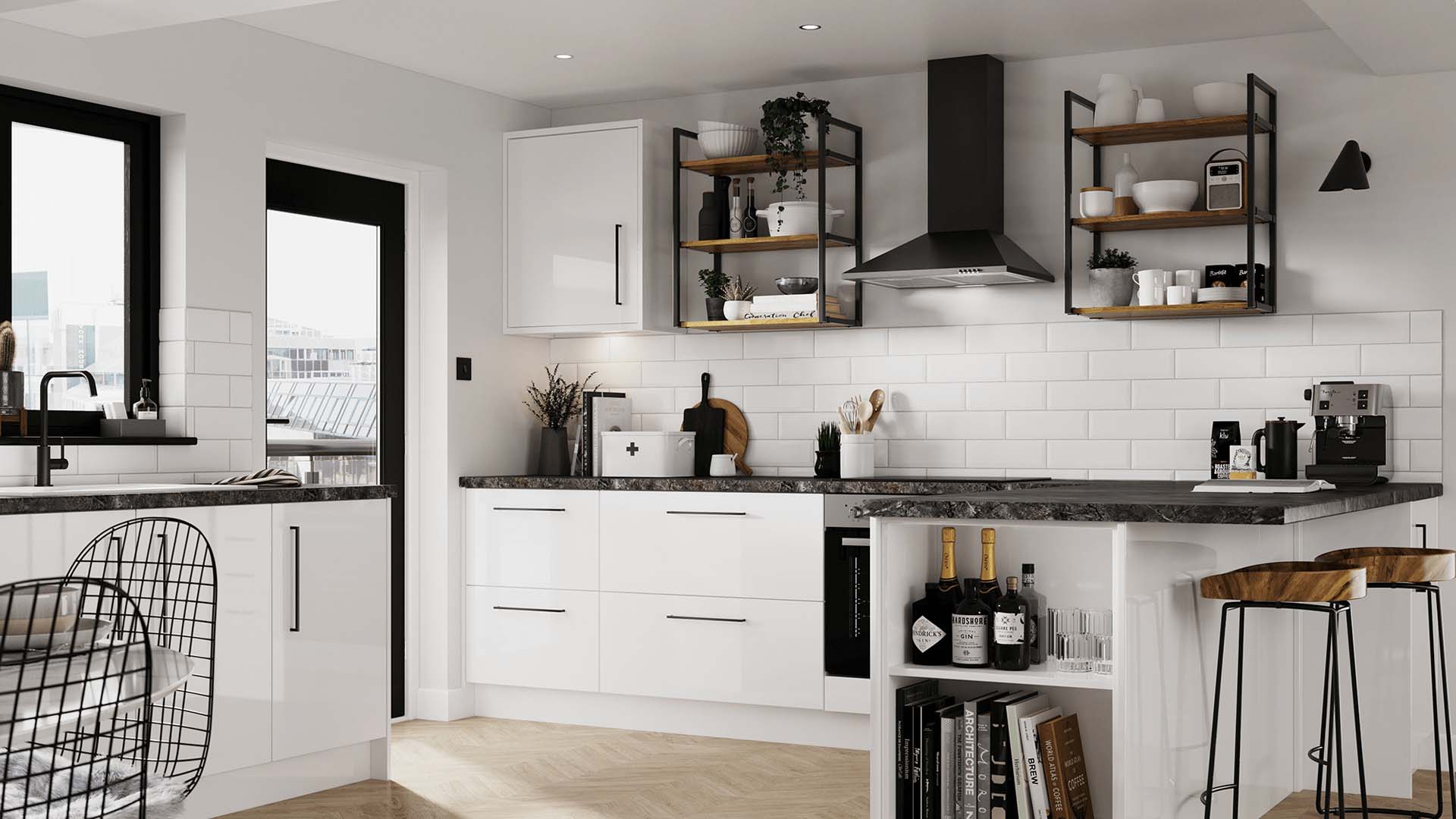What’s the best rug size for my living room?
We’ve got expert advice on how to choose the right size rug for your living room and the best style for you.
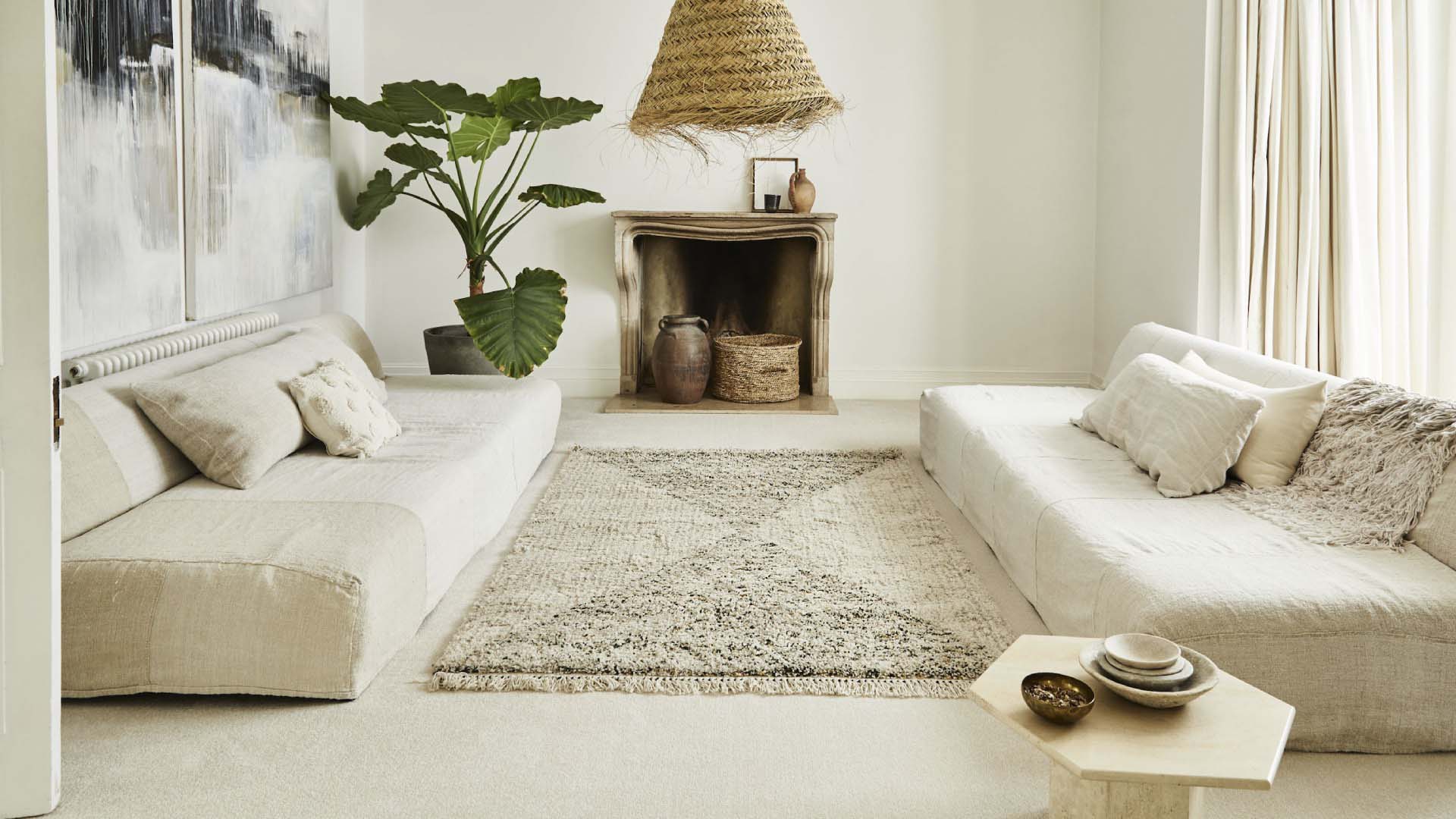
We’ve got expert advice on how to choose the right size rug for your living room and the best style for you.

It’s an easy mistake to make. You fall in love with a rug you’ve seen in a department store, but the moment you roll it out on your living room floor, you realise you’ve got the size all wrong.
At some point, we’ve all step back and wondered, ‘What’s the best rug size for my living room’?
The hairy problem is, yes, rugs do come in a range of standard sizes – but living rooms don’t. As such, a rug that looks perfectly fine in the sitting room of a one-bedroom flat might have all the decor gravitas of a 2nd Class postage stamp on the saloon floor of a grand country house.
So, is there any safe rug-sized ground to stand on? Follow the advice of our experts, whose job it is to choose and design rugs for living rooms big and small, and you’ll be well covered.
Follow the advice of our experts, whose job it is to choose and design rugs for living rooms big and small, and you’ll be well covered.
The most common mistake rug experts see
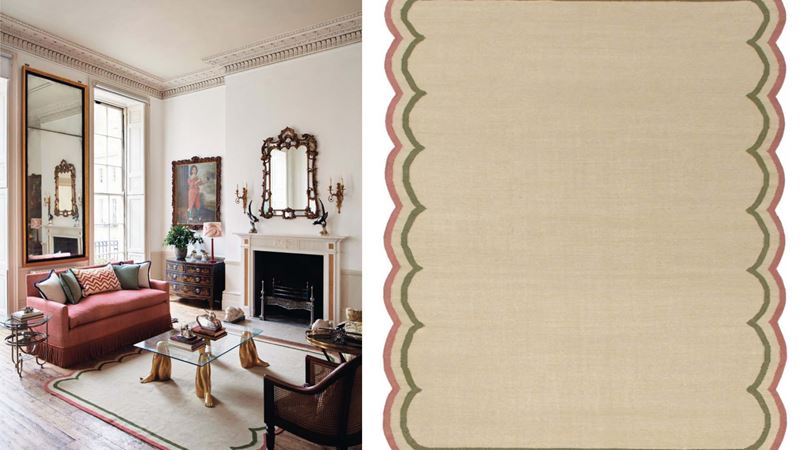
Jennifer Manners is a rug designer who specialises in creating made-to-order rugs for a range of projects.
She gives her view on how to approach finding a rug for your living room that looks custom made.
"The key to sizing a rug is to consider proportions. In a sitting room, for example, the sofas, chairs and tables can appear to take up a bigger proportion of the space, so these need to look balanced.
"The most frequent mistake I see people make is to size a rug too small. It's such an effective design element that actually makes a room feel bigger, but because it can be an investment item, people are inclined to choose a smaller one."
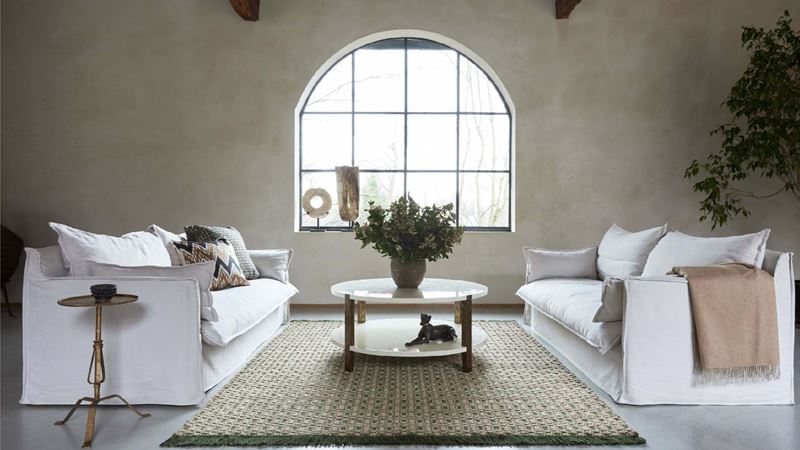
“Equally, I like for a rug to look like a rug and not a pseudo-carpet in that it is so big it hardly shows any floor, particularly when the floors are pretty.
"The other thing to consider is colour and its contrast with the floors: less contrast makes the space feel calmer, whereas more contrast can zone areas and create a strong sense of multi-purposes within a room."
What do you want your rug to do?
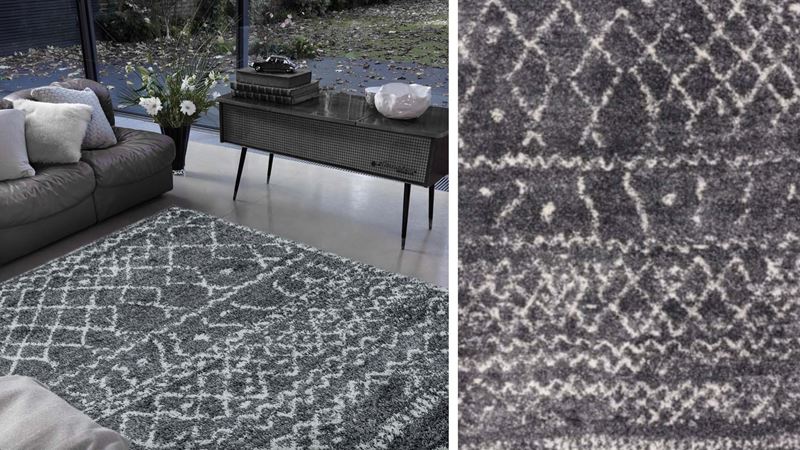
“Adding a new rug can instantly transform a living room and is one of the easiest ways to create a luxurious touch without making a large investment,” says Punam Chada, carpet buyer at Carpetright.
“The size of your rug is not only determined by the dimensions of the room but also your practical requirements and personal preference.
“If your aim is to protect wood flooring, then an area rug that provides maximum coverage is the way to go. Not only do they add another level of comfort but also they help to warm the decor of a room with a contrasting design and colour.
“Available in a variety of patterns and colours, statement rug can also instantly transform a room. If you have a compact living room and want to give the illusion of extra space, then a small-sized rug can help achieve this.”
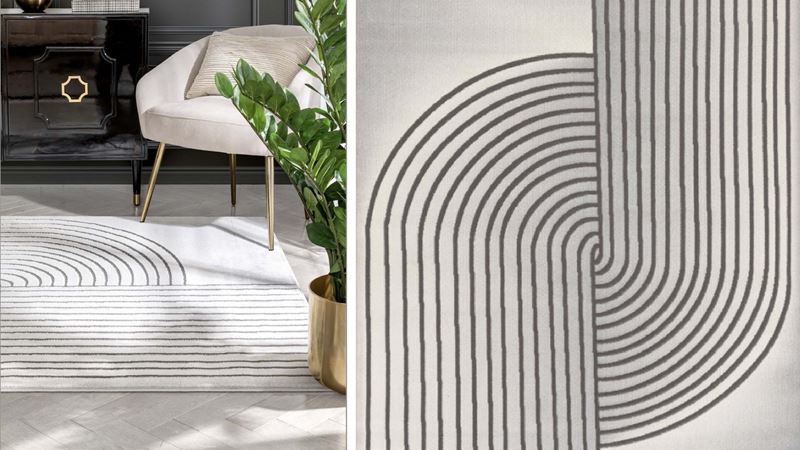
Trip hazards are often a concern when choosing rugs. Never lay a rug without a suitable underlay.
Adem Ogunc, senior product developer at Well Woven advises that the shorter the rug pile, the easier walking on it tends to be.
Be precise for the best fit

Chada says: “There are never any hard and fast rules when it comes to interiors. That said, the size of a rug is often based on the dimensions of the seating area. Having a rug fill the empty space created by the way the furniture is arranged is probably the most common guide for people when purchasing for any size of room.”
Having a visual aid certainly helps. Interior designers often use technical drawings of the floor plan to play around with rug sizes in the living room.
There is another quick trick you can try at home.
“Measure the area where you plan to use the rug and tape out a placement with masking tape to get an idea of how it will look in the space,” advises Ogunc.
“No matter the size, you’ll want to leave at least 45-60cm (18-24in) of exposed floor around the perimeter of the room.”
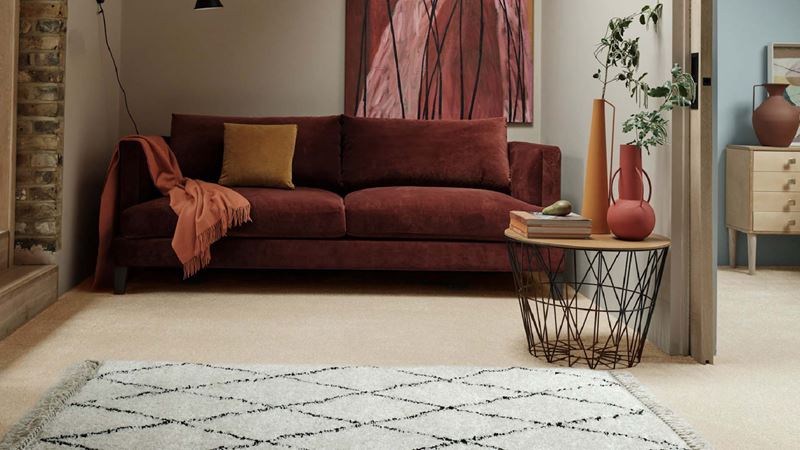
During this process you will get a feel for what layout most appeals to you. You’ll know if you prefer to have furniture legs completely on, half-on or completely off the rug.
This is down to personal taste, as is the shape of the rug you choose. Typically, you can choose from rectangular, square or circular rugs. Don’t be afraid to rip up the tape and start again, and keep trying until you find a sizing and shape that feels right alongside your furniture.
Another important ground rule is for the width of the rug to be larger than the width of the sofa, for visual balance. Ideally, your rug should be at least 38-63cm (15-25in) wider on either side.
It’s worth having them in mind when measuring
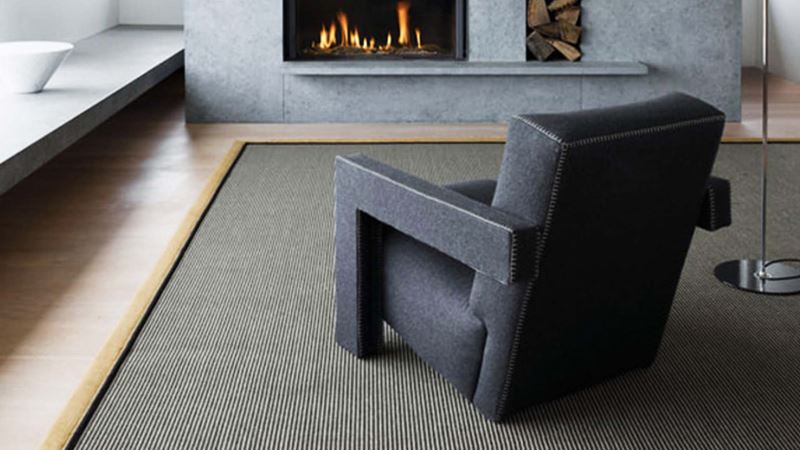
Unless you are planning to get a piece custom made for your living room, you’ll be making your selection from pre-made rugs.
Each manufacturer has a standard range of fixed sizes, so keep these in mind when measuring up. Again, there is no hard and fast rule, but within reason, standard rectangular rug sizes fall roughly within these perimeters:
Ideas for using rugs in unexpected ways
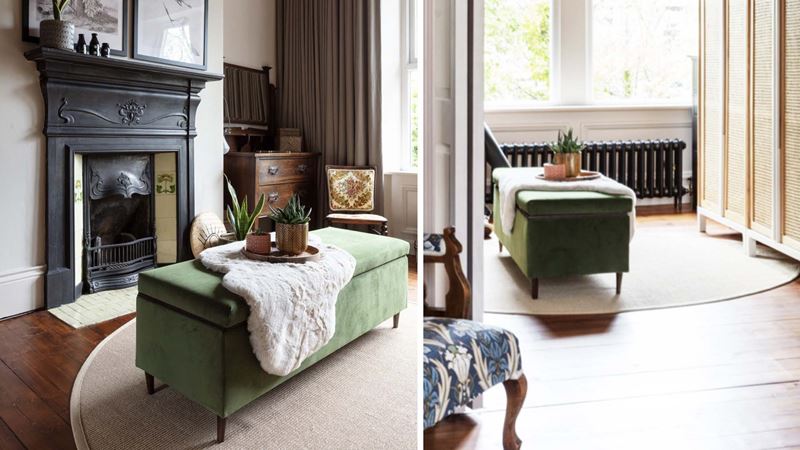
“In terms of sizing, there’s no ‘you have to have this size’ template – it’s more about being creative with your space and utilising a rug within that space as you choose,” says Claire Kimble, senior design manager at Crucial Trading.
“I am also seeing interior spaces with multiple rugs alongside one another. They may denote a different purpose within the one room, but there is always synergy between them, perhaps through use of subtle shades of timeless colour.”
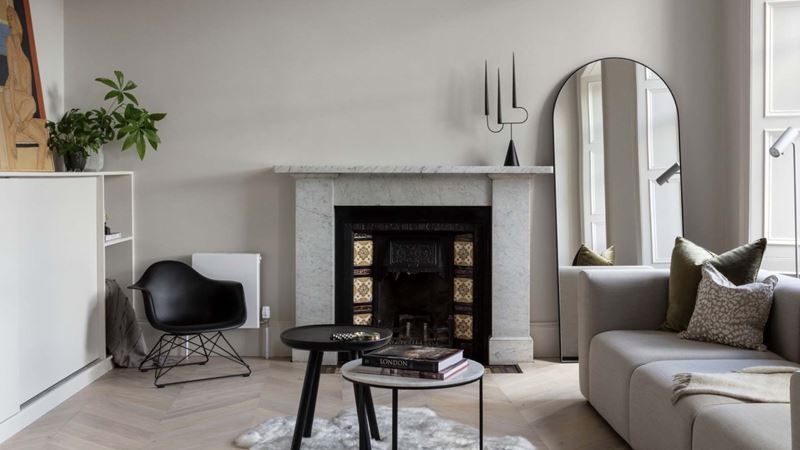
Abstract-shaped rugs can give your living room a fun and unexpected energy. Classic examples are sheepskins and cowhides.
These work well as standalone rug accents, and can be very effective, as with this Studio Dean project, placed alone under a central piece of furniture. Even small-scale abstract rugs work well in this way.
Another option is to layer these rugs on conventional rectangular or square rugs.
Layering can also be a good option for vintage rugs that might too small to stand alone.
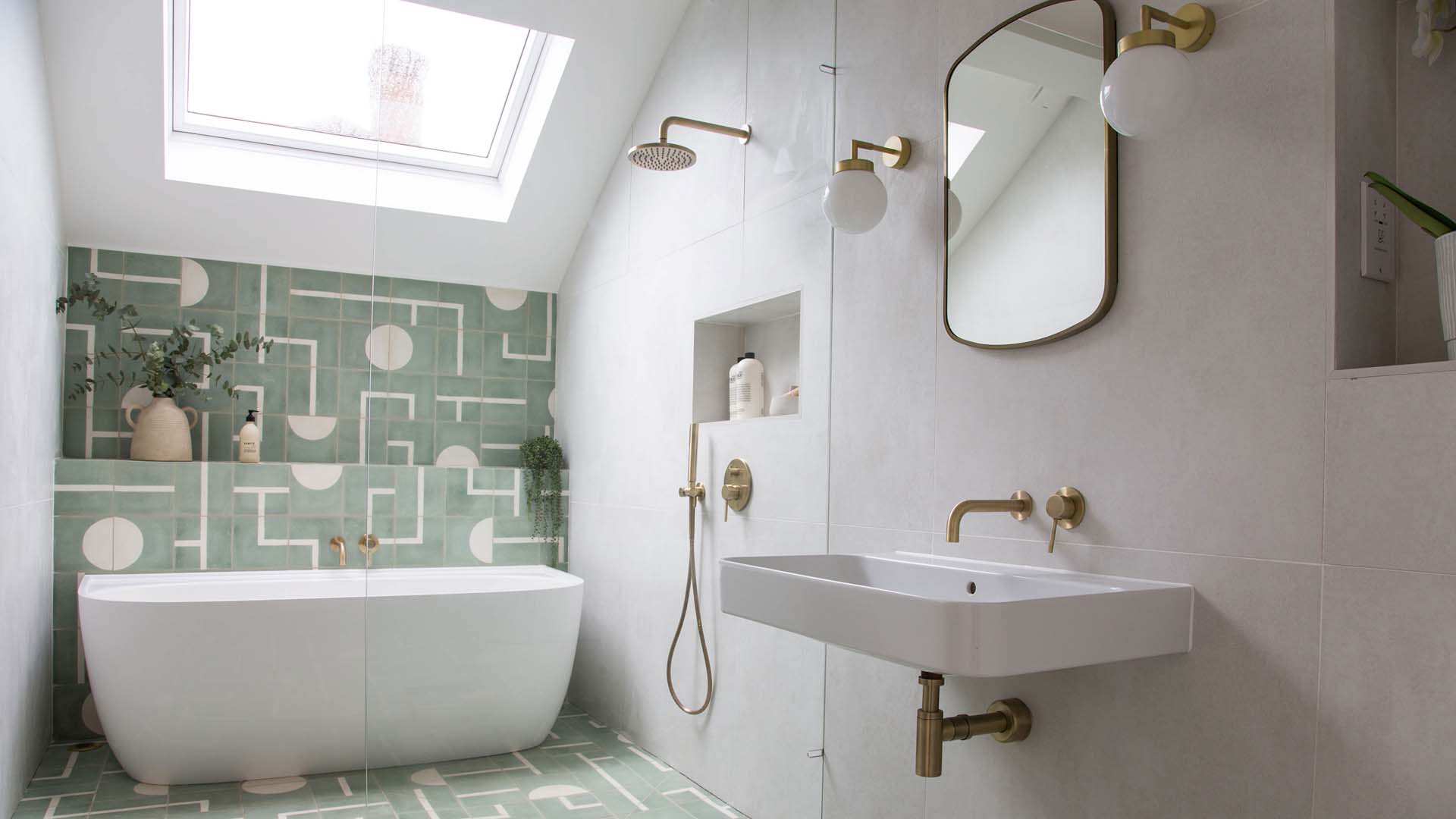
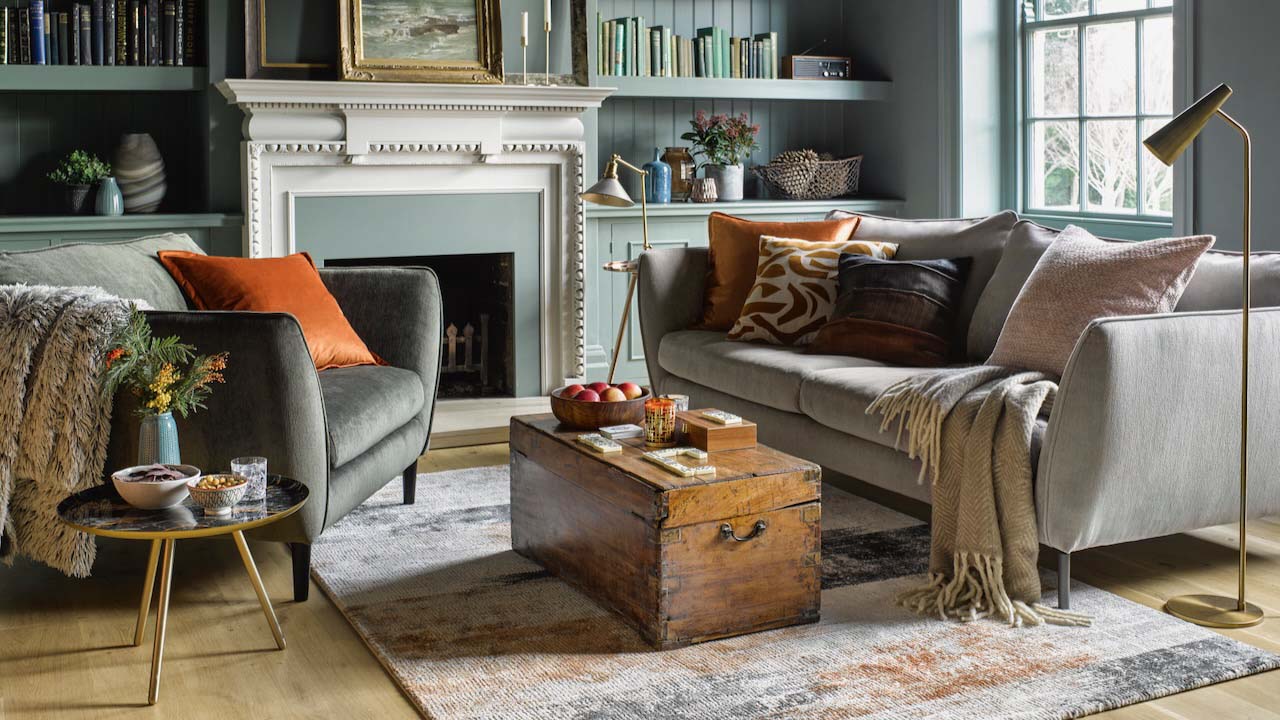

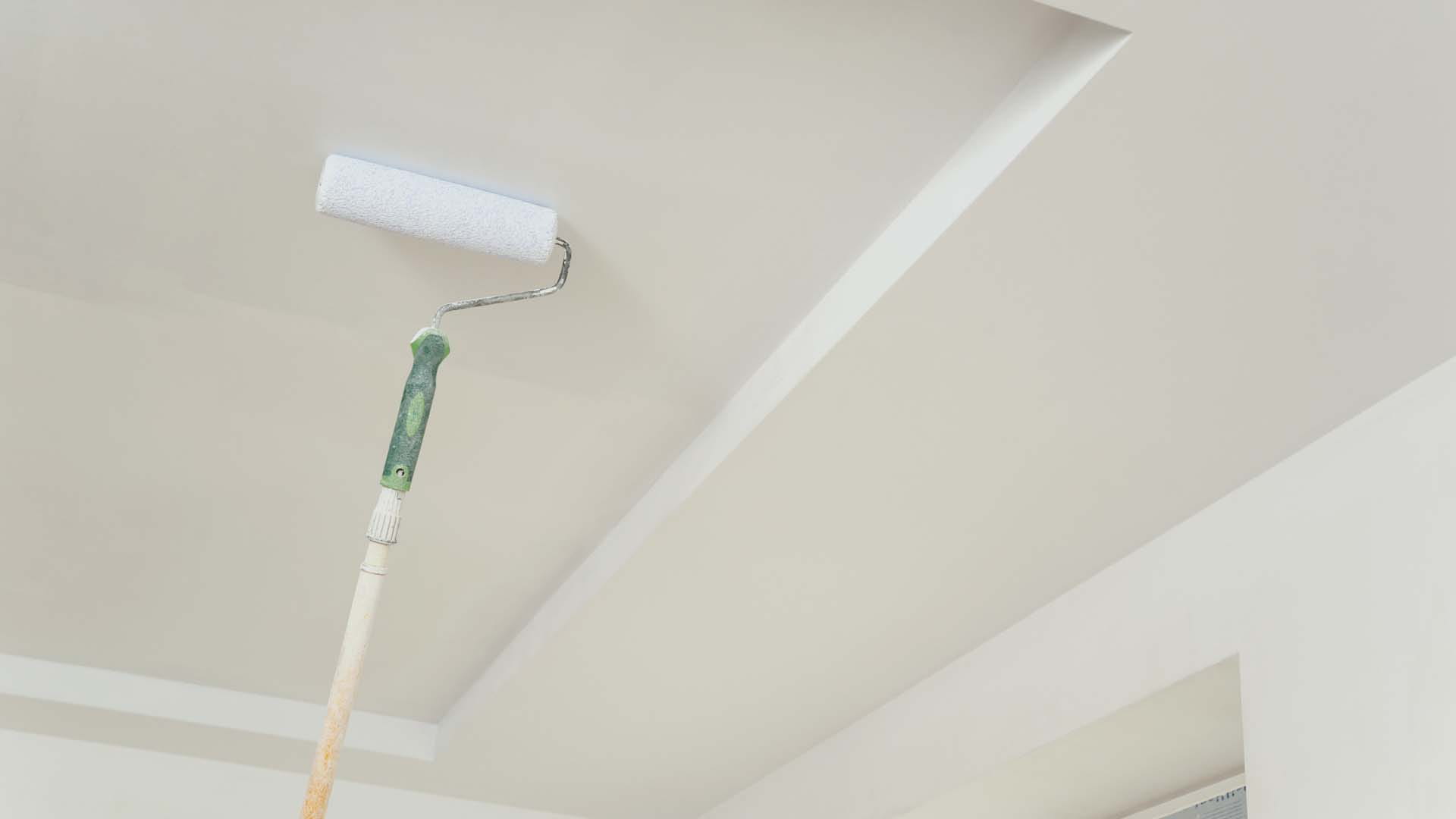
The best advice on preparing and painting your ceiling from a professional.
